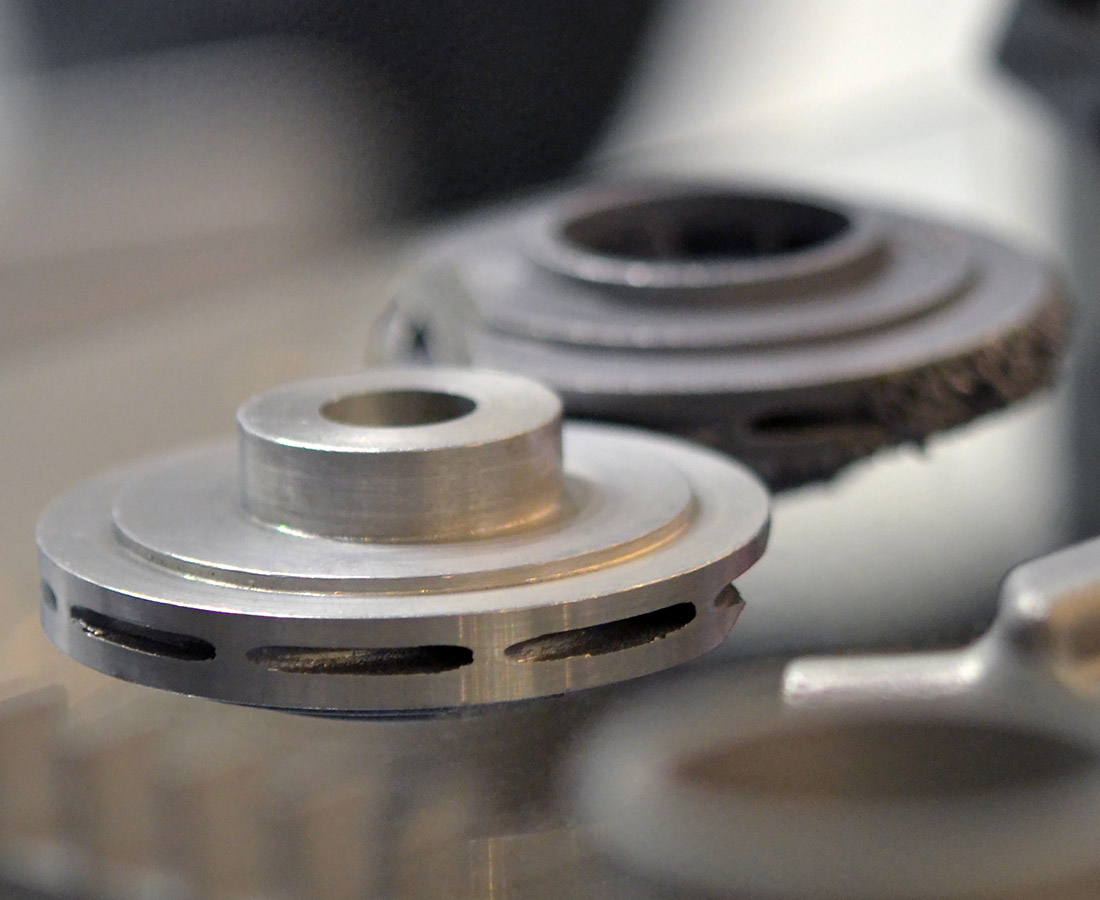VACUUM HEAT-TREATING SYSTEMS
The Nitrex HVF vacuum heat treating system delivers superior performance for sintering applications requiring close dimensional tolerances.
Debinding
Thermal debinding is usually the first process that removes polymers from the metal powder and results in obtaining a sample to be sintered. Debinding consists of the complete evaporation of the binder to deprive the metal parts of any organic compound, leaving it intact for vacuum sintering. During the debinding process, an inert gas acts as a carrier of the degrading components, avoiding oxidation and reduction phenomena on the metal surface of the part.
Sintering
Sintering is a process that can be done in a vacuum heat-treating furnace. Sintering under atmospheric pressure requires the use of protective gas, such as endothermic gas. Sintering, with subsequent reworking, can produce a great range of material properties. Changes in density following heat treatments alter the physical characteristics of various parts
Sintering involves the heat treatment of a material powder to ensure correct coalescence of the parts particles. This inter-particle bond is guaranteed by the atomic diffusion that is thermodynamically favored by high temperatures that can be achieved in a vacuum furnace. This treatment provides high-quality parts with the required density, porosity, and mechanical resistance. The properties of the end product, in terms of the surface finish of the part and mechanical properties, can be improved by carrying out sintering in a vacuum furnace. This process provides a reduction in oxidization of the individual particles and their subsequently improved coalescence.
Some of the benefits of vacuum sintering following additive manufacturing and debinding are:
- Clean, bright parts meeting your parts finish requirements
- Superior quality and mechanical properties.
- Reduced part count and better assembly.
- Production flexibility and reduced lead time versus conventional CNC metal removing equipment.
HEAT TREATING SERVICES
The following heat treating services are among those provided by Nitrex HTS:


